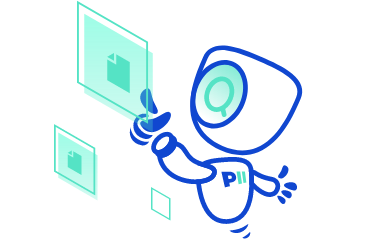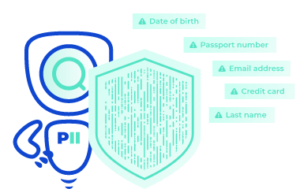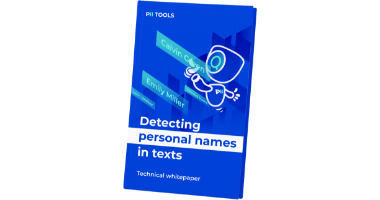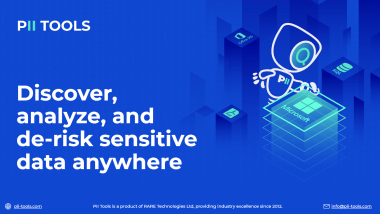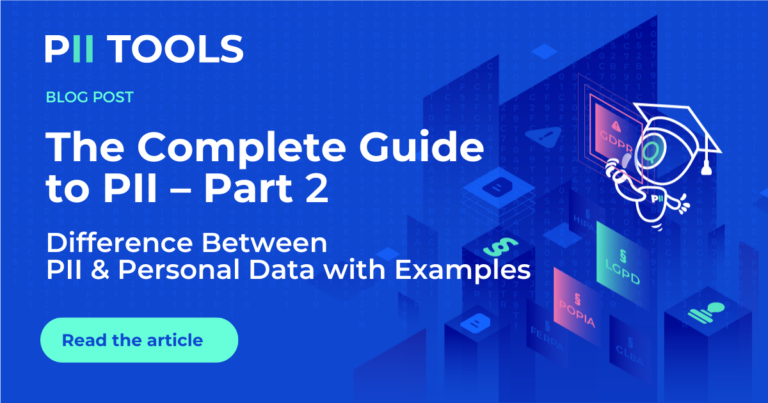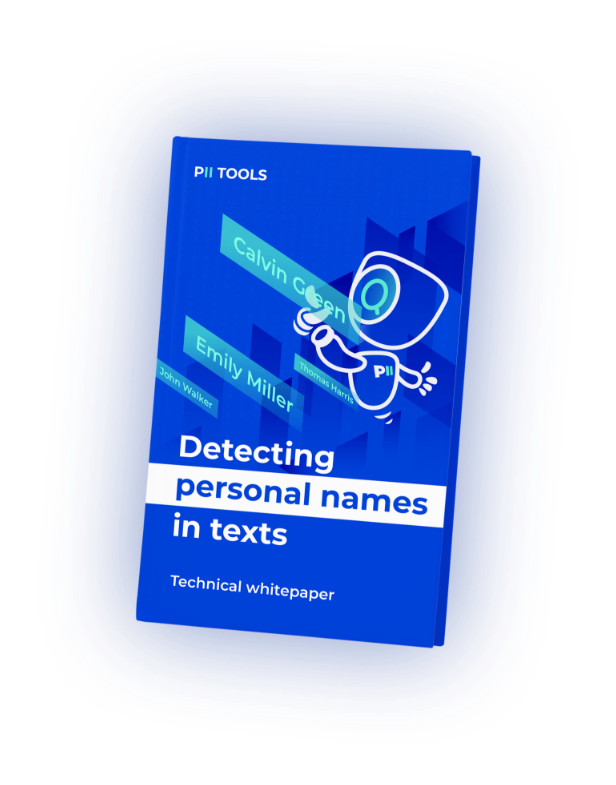You wouldn’t be the first to think PII and Personal Data are the same thing. Although similar, it’s important you understand where they differ. Part 2 of this mini-series uses downloadable examples to illustrate PII.
PII Data Basics in Part 1
If you've read Part 1 in this series, then you’re already an expert on Personally Identifiable Information, or PII. If not, be sure to go back for a deep dive into PII, how it works, and its varied identifiers.
With that out of the way, we can get into the weeds on two remarkably similar, yet different terms: PII and personal data.
Differences Between PII & Personal Data
Although comparable, these two don’t have absolutely everything in common. In fact, their greatest difference isn’t so much text-based but rather geographical. The points below paint an understandable picture for us.
Personally Identifiable Information (PII)
Used in the USA:
- An “umbrella” term that classifies various kinds of personal information.
- Not an official or regulation-based definition.
- The broad explanation provided by NIST (National Institute of Standards and Technology) describes PII simply as “information that can be used to distinguish or trace an individual’s identity”.

Personal Data Used in Europe:
- The GDPR clearly defines personal data as “any information which is related to an identified or identifiable natural person”.

“Personal data” is the official term and must be recognized by anyone storing this kind of information on anyone living in Europe (whether or not your company is actually based in Europe).
What Are Examples of PII?
PII includes, but is not limited to:
- Names: Full name, First name, last name, maiden name, mother’s maiden name, or alias.
- Personal identification numbers: Social security number (SSN), passport number, driver’s license number, taxpayer identification number, patient identification number, financial account number, or credit card number.
- Personal address information: Street address, or email address.
- Personal telephone numbers
- Personal characteristics: Photographic images (particularly of the face or other identifying characteristics), fingerprints, or handwriting.
- Biometric data: retina scans, voice signatures, or facial geometry.
- Information identifying personally owned property: VIN or title number
- Asset information: Internet Protocol (IP) or Media Access Control (MAC) addresses that consistently link to a particular person.
Now, let’s apply these PII types in some real-world examples:
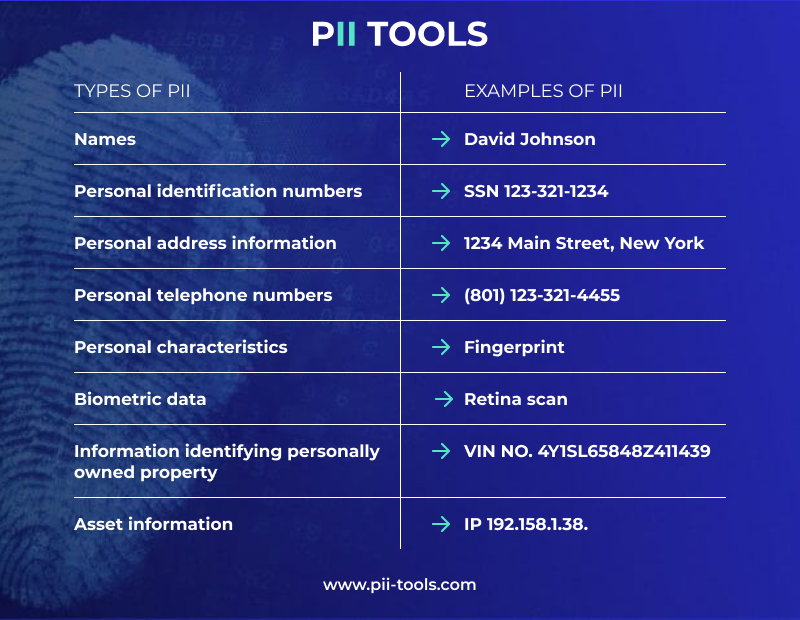
If you’d like even more examples than those provided above, refer to our article PII Examples.
Why Care about PII & Personal Data?
Every entity has an inherent right to its own data. When it’s willfully provided by a user or stored by a company, the data should be protected every step of the way. It’s important to know the differences between PII and personal data since the two terms are understood differently around the world.
Although similar, knowing the rights and protections of your data or the data you store (for companies) can ensure it doesn’t turn up in the wrong hands, can’t be used to identify you (or your users), and keep you safe legally.
But the story doesn’t stop here. Be sure to check out Part 3 of our PII mini-series and become the master of your own data!
Discover, Analyze, and Remediate Hidden PII & Personal Data with PII Tools Automated Software!
